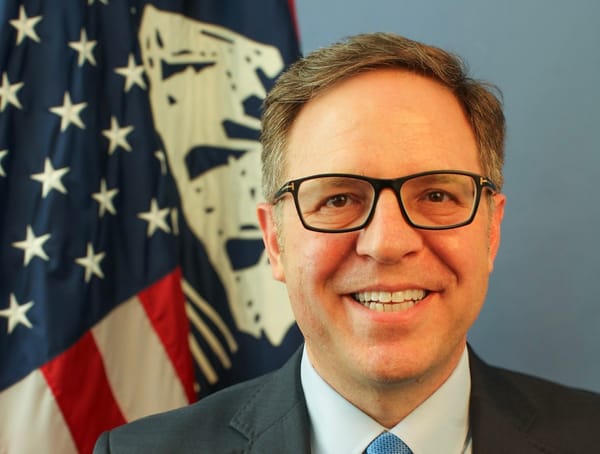In Dallas, Rural Aspects of National Broadband Plan Discussed
DALLAS, April 28, 2010 – There are a daunting number of rural American that do not have access to broadband, Rob Curtis, deployment director of the Federal Communication Commission’s omnibus broadband initiative, said at the Broadband Properties Summit here. With 14 million Americans without access
DALLAS, April 28, 2010 – There are a daunting number of rural American that do not have access to broadband, Rob Curtis, deployment director of the Federal Communication Commission’s omnibus broadband initiative, said at the Broadband Properties Summit here.
With 14 million Americans without access to broadband, or at least twelve-hundred feet from a fiber connection; Curtis tasked the FCC to finalize that number using various means of statistical data. The goal was to enable the distribution of first round broadband stimulus grants into the hands of applicants clamoring to build new infrastructure. His task included coming up with an economic model that realistically supported the best case scenario for economic viability.
That included projecting a take rate; a payback, and cost analysis. This analysis included both wireless and landline applications which looked at using incremental economics by adding to existing plant. The team created the plan using a Census block group, finding that cost curves varied widely based on density and captured the disincentives; meaning less density and the cost goes up. The plan was submitted on a conservative basis; he said there was no “pie in the sky” numbers built into the scenario.
Key Findings:
- The costs rolled out at $24 Billion with an Net Present Value of zero, and reiterated that private companies would not enter with funding, since in most places, these entities have made money where it has been feasible.
- He found that cost and gap curves converge, in that cost from density was the same as density from cost.
- There are seven-million housing units not served, and more than have of the cost gap goes to 250,000 units which amounted to $14-billion and translates to a cost of $56,000 per household.
Since the release of the broadband plan, the FCC has created a “Notice of Inquiry” seeking comment on the statistical model as part of the larger National Broadband Plan. Curtis also pointed out the importance of the National Broadband Plan’s purposes and the potential effects on e-healthcare, education, energy, creating jobs, and being a green technology. He likened the plan with an analogy of subsidizing telephone companies to connect all Americans with telephone service.
The broadband seeks to connect us with applications that help our lives, with the will and commitment to step-up-to-the-plate with more than 200 recommendations.
The NTIA is helping with the data but will it be good enough? States are now getting involved to help map the terrain of where broadband is and where it is not. This input will be correlated into a national data base with continual updates and refinements.
In addressing speeds, Curtis indicated the average is close to 4 Megabits per second (Mbps). That 4 Mbps is consistent with application requirements. Other FCC goals are for 100 million households to be connected by 2010 with 100 MBps.









